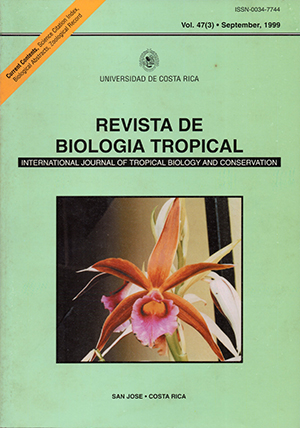Abstract
Anadara tuberculosa is one of the most abundant mollusks of cornmercial importance in Costa Rica. Its habitat water is a potential source of fecal and chemical contamination to humans. We wanted to aSSeS enterovirus, 'mainIy poliovirus and hepatitis A virus and chemicals such as sulphates and nitrates in meat and body fluids. Thirteen samples were taken from four sites in Nicoya Gulf, three sites in the Sierpe Térraba mangrove (Pacific of Costa Rica) and from five fish markets in San José, the capital of Costa Rica. Sanrpllis were tested for 1) fecal coliforrns (Most Probable Number/100 rul), 2) isolation of enterovirus in cell culture (Hep"2, FrhK-4), 3) cell cytotoxicity in Vero cells and 4) the ability to inactivate 10 ID50% of poliovirus in cell cJllture. The Most Probable Number/100 rulin surrounding water was higher than j:he accepted standard for recreational waters, although the number of fecal coliforrns in meats and body fluids was lower than in the external watér. No cytopathogenic agents were isolated, but we found nitrate and sulphate concentrations that exceeded JlUIJd##plugins.facebook.comentarios##

This work is licensed under a Creative Commons Attribution 4.0 International License.
Copyright (c) 1999 Revista de Biología Tropical
Downloads
Download data is not yet available.






